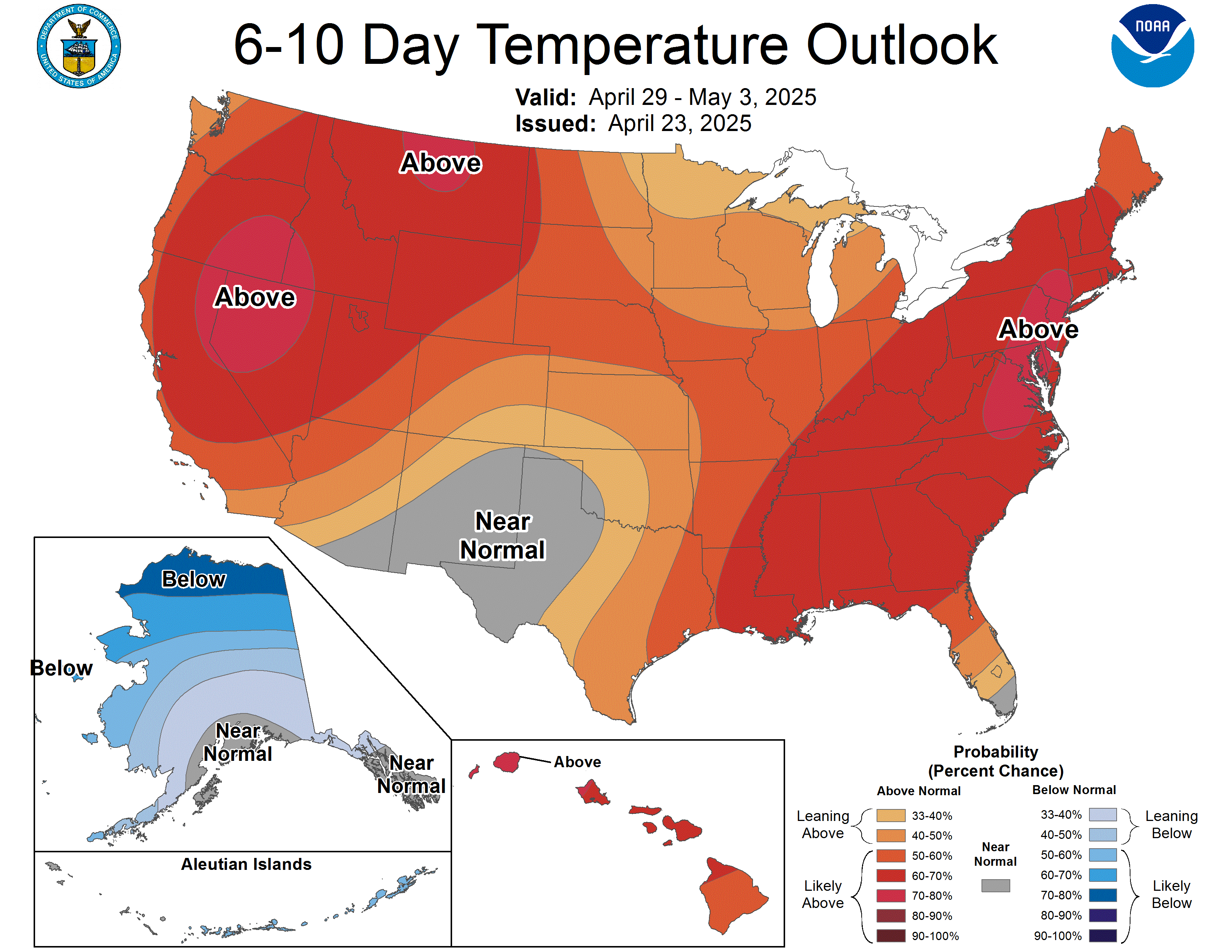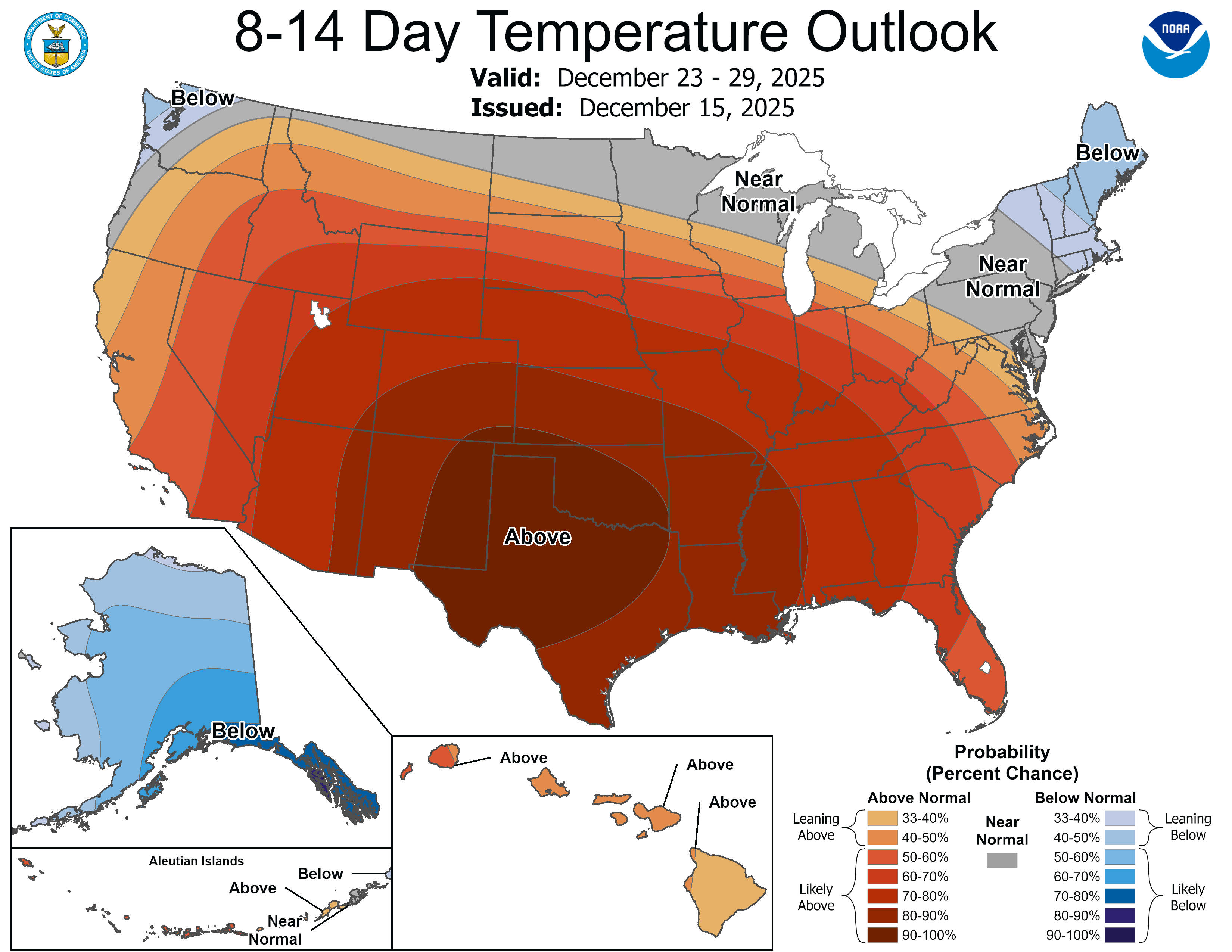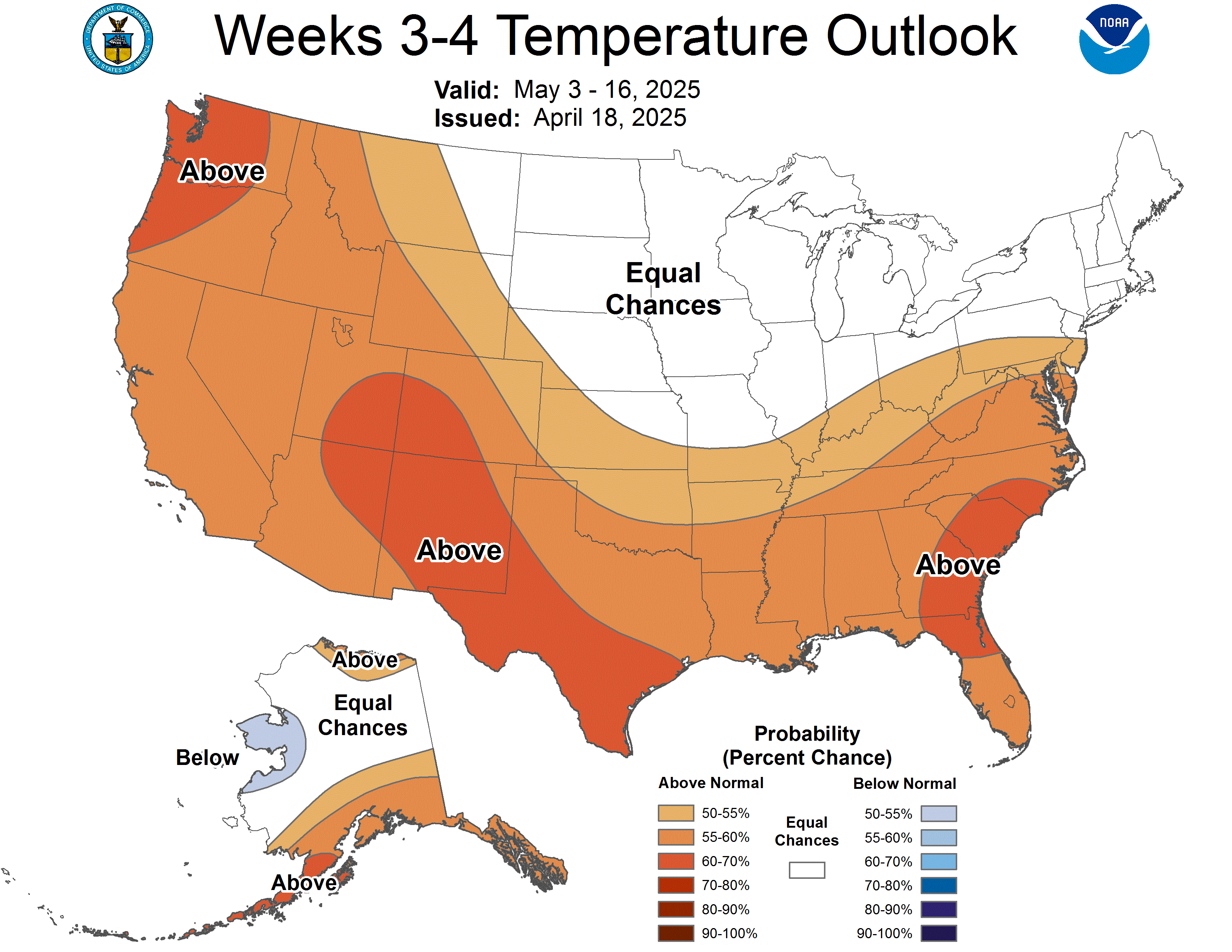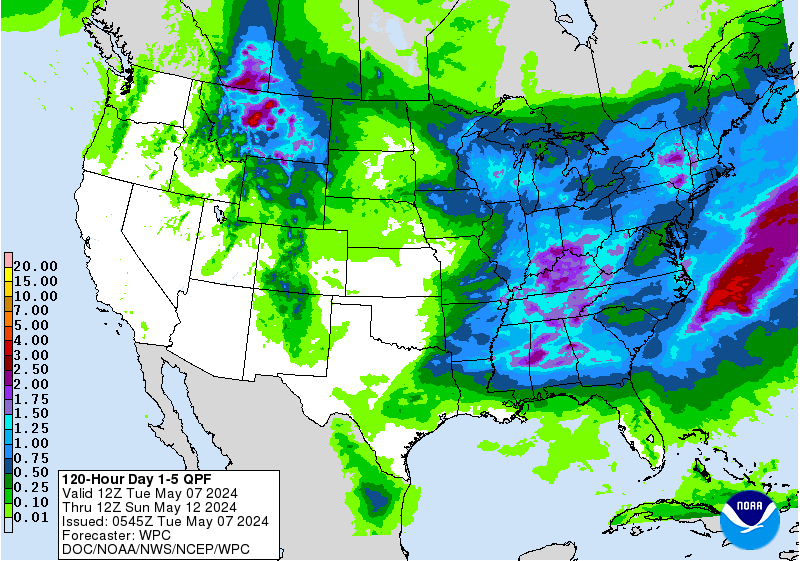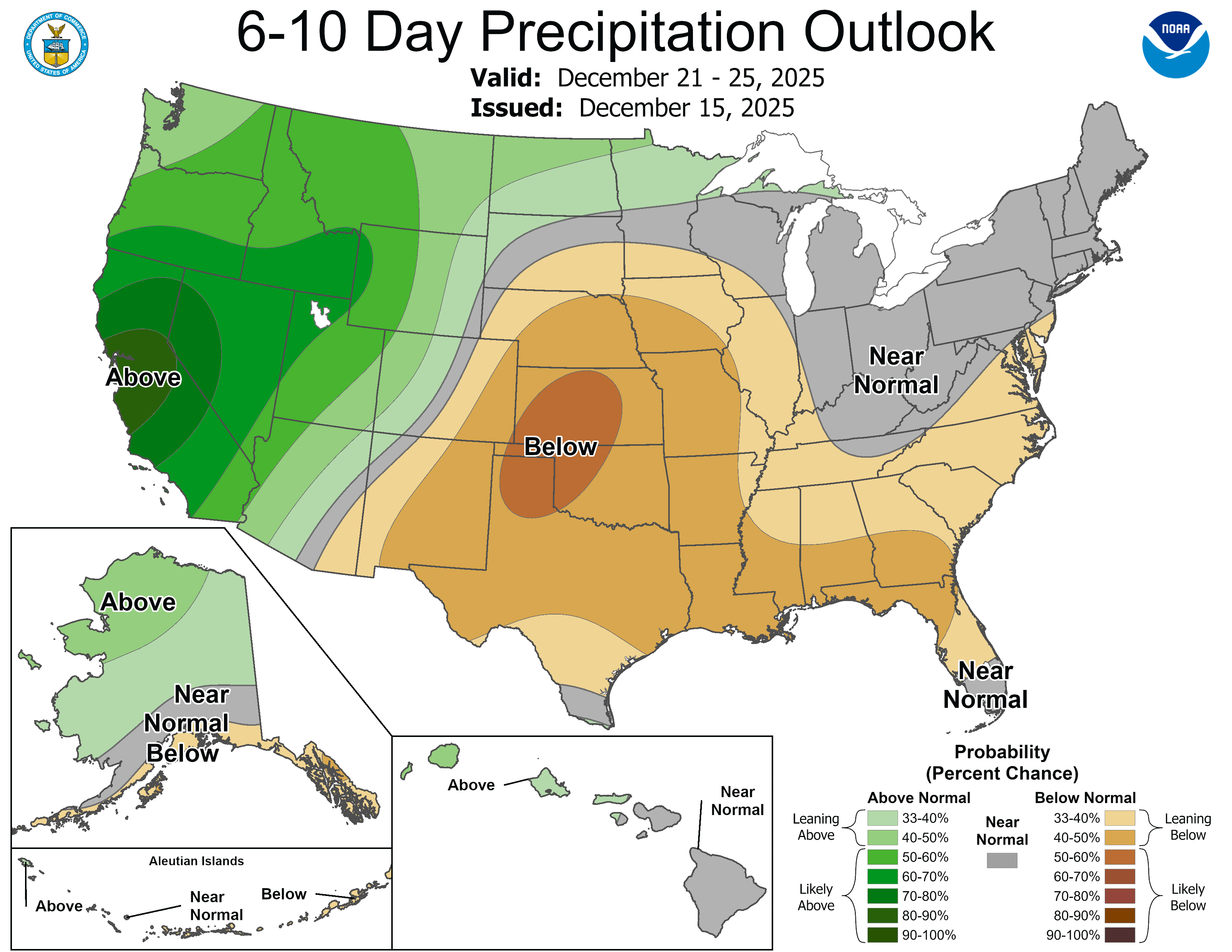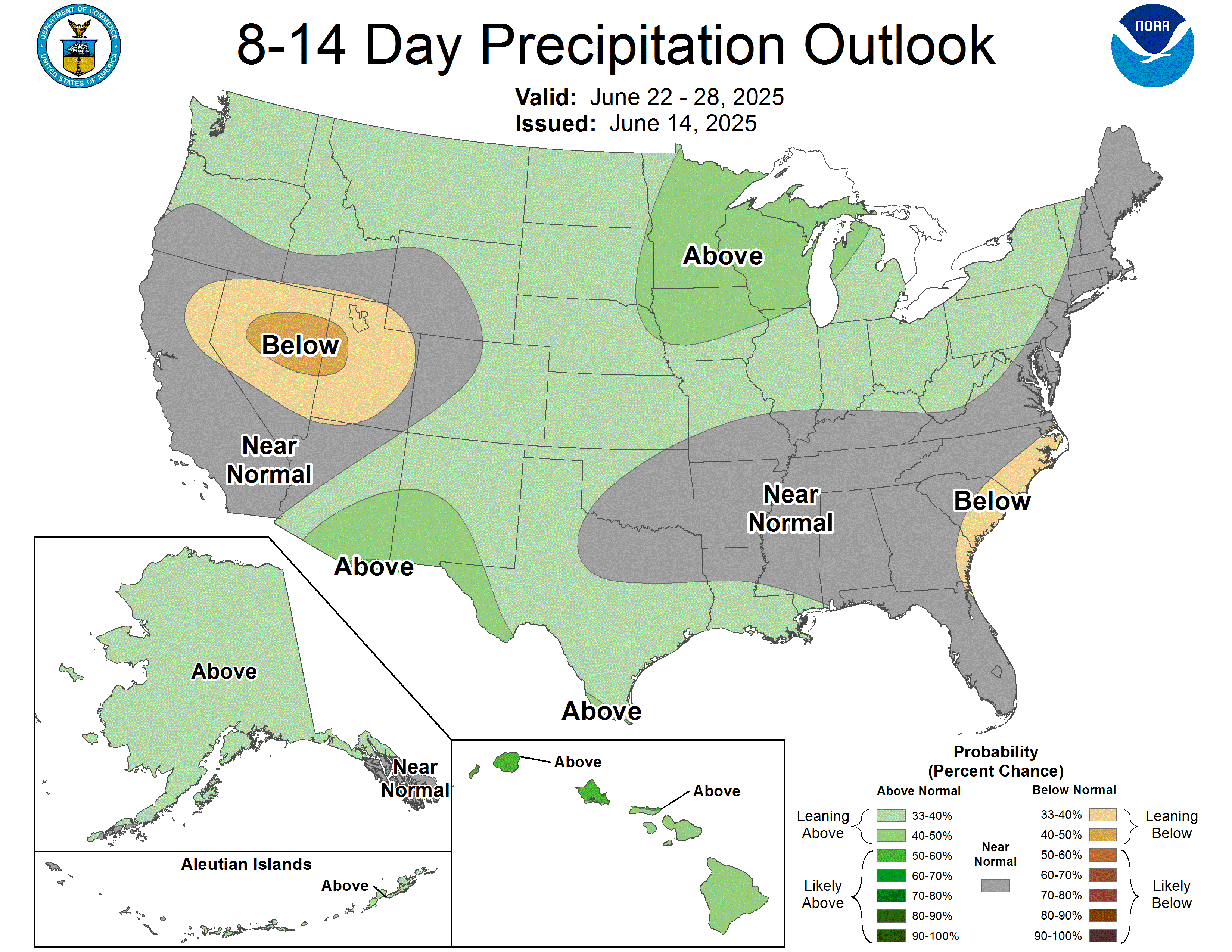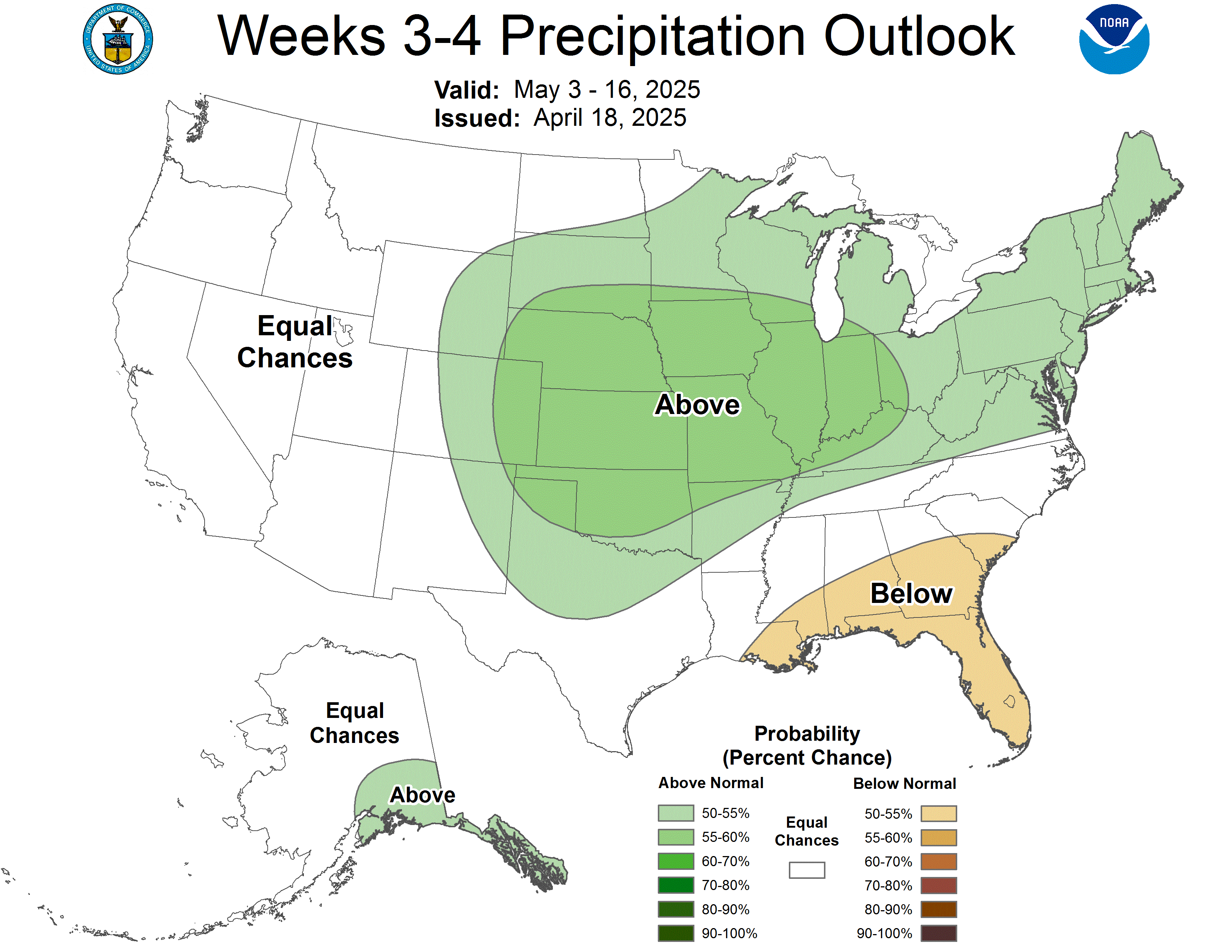Written by Sig Silber
On Friday night January 16, 2020, we filed our regular weekly report but it was too long to include recent information on crop progress so we decided to submit an Addendum to our weekly report with that information. For many summer crops it is probably the final report. We are also providing a short summary of Part I of the NOAA Seasonal Outlook update that we reported on Friday night as well as the updated 28-day forecast.

Please share this article – Go to the very top of the page, right-hand side, for social media buttons. Please feel free to send this article to anyone who you think might benefit from reading it.
Directory
Readers can scan through this article or jump to where they want to go via the links to the right. Directory links are under construction. Check back for completion. |
|
We did not provide the Crop Report on Thursday as it would have made the article too long so here it is now.
For those who missed Part I of the NOAA Seasonal Outlook which can be accessed here. Below is a convenient summary of the Early Outlook for February and the Three-Month forecast.

And shifting to the Alaska and CONUS Intermediate-Term Weather Forecast which updates every day,
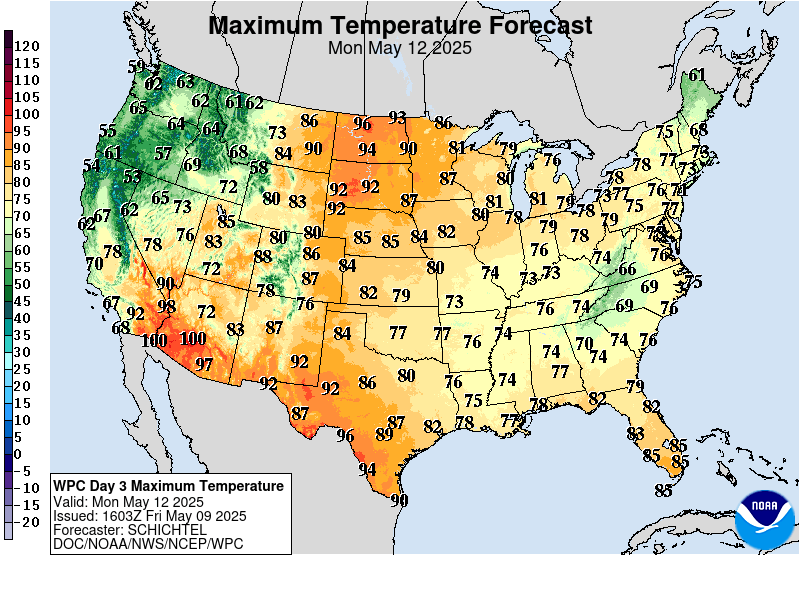 |
And then Precipitation
Here is the NOAA discussion released with the Week 3 – 4 Update. It is not the best news for agriculture.
The Madden-Julian Oscillation is currently active and strong with convection progressing eastward recently from the Maritime Continent into the Western Pacific Ocean. Model forecasts predict continued MJO activity and eastward progression over the next couple weeks and greater uncertainty in the MJO state thereafter. This MJO is occurring with background ENSO-neutral conditions, although the atmospheric and oceanic conditions are on the warm side of ENSO-neutral. These climate conditions, as well as decadal timescale temperature trends, impact the current Week 3-4 temperature and precipitation outlooks.
While dynamical model forecasts show considerable uncertainty in the temperature and precipitation pattern for Week 2, the impact of MJO and the background climate state appear to influence the forecast pattern for the Week 3-4 period over North America, leading to considerable agreement among model forecasts. The Week 3-4 temperature and precipitation outlooks rely primarily on dynamical model forecasts from the NCEP CFS, ECMWF and JMA operational ensemble prediction systems, as well as the Subseasonal Prediction Experiment (SubX) multi-model ensemble (MME) consensus, a combination of 7 operational and experimental subseasonal ensemble prediction systems. A statistical forecast, using the current MJO and ENSO indices as predictors in a multivariate linear regression (MLR) to temperature and precipitation for the week 3-4 period, combined with decadal trends, was also consulted to assess the impact of the current climate state.
Dynamical models forecasts from the ECMWF, CFS and JMA ensembles, as well as SubX model forecasts, appear to be considerably influenced by the active MJO. Ensemble mean forecasts from the ECMWF, CFS and JMA operational models, and the SubX MME predict above average 500-hPa heights over the west coast of North America and Alaska and below average 500-hPa heights over eastern North America during the Week 3-4 period. The CFS and the SubX MME predict a deeper trough over the eastern CONUS in Week 3-4 compared to the ECMWF ensemble mean. The ECMWF ensemble also predicts a substantially stronger ridge over the Northeast CONUS than other model forecasts for the Week 2 period, and persists this circulation pattern into the beginning of Week 3.
The Week 3-4 temperature outlook reflects the consensus of the dynamical model forecasts and is consistent with the MLR statistical forecast based on MJO and ENSO, and decadal trends. Above normal temperatures are likely over Alaska and the western CONUS, from the Pacific Coast into western areas of the Great Plains states, extending from the Four Corners region to the Dakotas. Probabilities for above normal temperatures exceed 60 percent for the southern coast of Alaska and the Pacific Coast of the CONUS, consistent with the predicted impact of MJO related convective activity over the western Pacific. Probabilities of above normal temperatures also exceed 60 percent for Northwest Alaska, where decadal temperature trends are significantly positive. Below normal temperatures are likely for the eastern CONUS from the Southern and Central Plains and Great Lakes region to the Atlantic Coast. Equal chances of above and below normal temperatures are indicated for the southern Florida Peninsula, where models disagree on the forecast. Probabilities for below normal temperatures exceed 60 percent for eastern areas of the Southern Plains into the Central and Lower Mississippi Valley, where temperatures are likely to be below normal from Week 2 into the Week 3-4 period, and the ECMWF Week 3-4 forecast indicates the greatest chance of below normal.
The Week 3-4 precipitation outlook is based primarily on probability forecasts from the combined ECMWF, CFS and JMA ensemble prediction systems, as well as the SubX MME, and with some consideration of the influence of the currently active MJO. Model forecasts for the Week 3-4 period are consistent in predicting below median precipitation along the Pacific Coast of the CONUS, under a predicted ridge. Above median precipitation appears more likely to the east of the Northern and Central Rockies into the Northern Plains, where there is potential for the development of storm systems. While dynamical model precipitation forecasts are inconsistent on the outlook for Alaska, the ECMWF ensemble and the MLR of MJO impacts indicate above median precipitation is likely for the west coast of the state. Most model forecasts indicate below normal precipitation is most likely behind the predicted trough over the Eastern CONUS, from the Southern Plains northeastward across the Central Mississippi Valley into the Greats Lakes and Northeast regions. While the blend of operational ensemble model forecasts and the SubX MME consensus both predict likely below median precipitation for a large area of the Southern and Central Plains and the western Great Lakes region, equal chances of above and below median is indicated in the Week 3-4 outlook where there is greater disagreement among the model forecasts. Above median precipitation is likely from the eastern Gulf Coast region across the Southeast to the southern Atlantic Coast, as predicted by nearly all ensemble prediction systems.
Sea surface temperatures remain above average in the vicinity of Hawaii, and both operational and SubX models support above normal temperatures for the Week 3-4 period. Equal chances of above and below median precipitation is indicated for Hawaii due to poor model forecast agreement, with above median precipitation more likely to the north of the islands and below median precipitation more likely to the south.












































